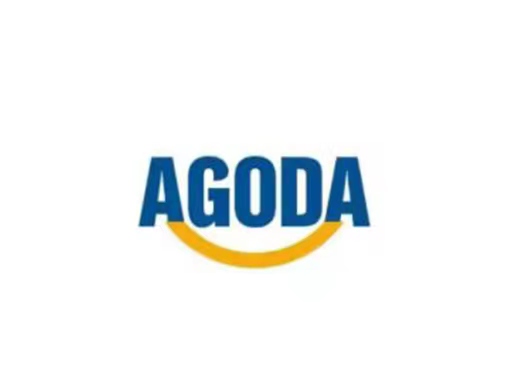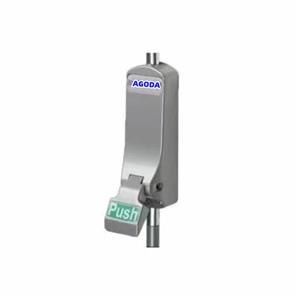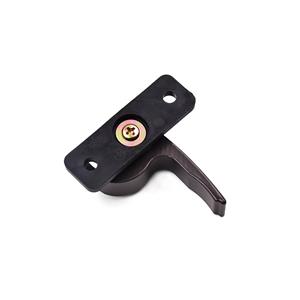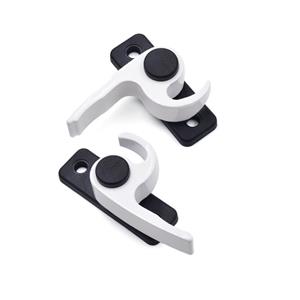Science of hardware accessories
science-of-hardware-accessories

Hardware accessories refer to machine parts or components made of hardware, and some hardware products. General hardware accessories include pulley, caster, joint, pipe clamp, roller, shackle, nozzle, nozzle, hook and so on. Hardware accessories can be used alone or as AIDS. Most hardware products are not final consumer goods, but as industrial manufacturing supporting products, semi-finished products and tools used in the production process. Hardware accessories can be divided into furniture hardware accessories, Marine hardware accessories, clothing hardware accessories, door and window hardware accessories, decorative hardware accessories, etc
The following are the factors that restrict the development of the hardware parts
1. Leading effect.
In a specific environment, because a particular technology or brand is ahead of other enterprises in the same industry, it will inevitably drive the development of the whole enterprise. For example, hardware locks, hardware locks everywhere in the hardware market can be the first, brand, no brand, in short, once a hardware lock enterprise has an advanced patented technology, such as Shenzhen Chuangxing hardware products Factory invented a new product, with the new product put on the market and achieve good economic benefits, This leading product will inevitably drive the overall development of hardware and lock enterprises, and give priority to the same industry to produce success a big step.
2. Locking effect.
When users transfer from one brand of technology to another brand of technology, they must pay a certain cost for the transfer. When the transfer cost is too high, the user is in a locked state. When a high-tech product is developed successfully and wins the market, it is easy to master the future market and hold the initiative in the fierce competition. This is also applicable in the hardware market, the first investment, because the hardware cost is too high, will be deterred by users, but once this hardware products are recognized, then this hardware products will lead the industry, promote the development of the industry.
3. Matthew Effect
This is a winner-takes-all era, where the rich enjoy more resources -- money, glory and status -- while the poor have nothing. The poor get poorer and the rich get richer. People with more friends will make more friends with the help of frequent communication, and the lack of friends, is often lonely; People who are famous will have more opportunities for public appearance, and therefore, will be more famous.
4. Gear effect.
If large enterprises do not develop, they will leave small enterprises far behind. Gear effect is also applicable in the hardware market, some large enterprises in resources, money, contacts, information and other aspects have advantages, once the development, will take a big step; And small enterprises due to capital, talent, information and other resources limited development is relatively slow, even stopped. Such large enterprises are more and more than the same industry's small enterprises, gradually become the dominant player in the industry.
5. Aggregation effect.
The more well-performing and well-capitalized companies are, the more banks want to give seniority money to them. This is the accumulation effect of capital. Under the financial crisis, some large hardware enterprises have excellent performance, once there is a capital problem, whether through banks or other companies to buy shares will alleviate the current predicament accordingly, it will be easier to gather funds; Some small hardware enterprises once encountered financial problems is almost an inch. Chinalco s $19.5 billion investment in Rio Tinto is the highest ever overseas investment by a Chinese company.
6. Scale effect.
When the enterprise production reaches or exceeds the break-even point, that is, the formation of economies of scale. Because any production has a cost, generally including fixed cost and variable cost. In order to achieve profit, sales income must be greater than production cost, and the fixed cost is constant. Therefore, the more production, the less fixed cost will be allocated to a single product, and the more profit [2] will be generated.




